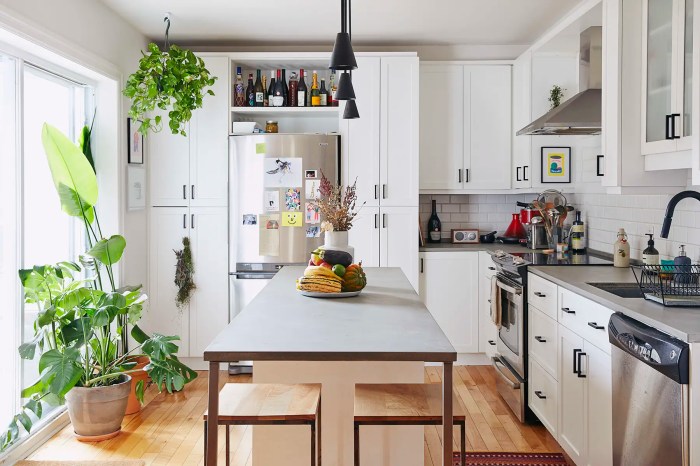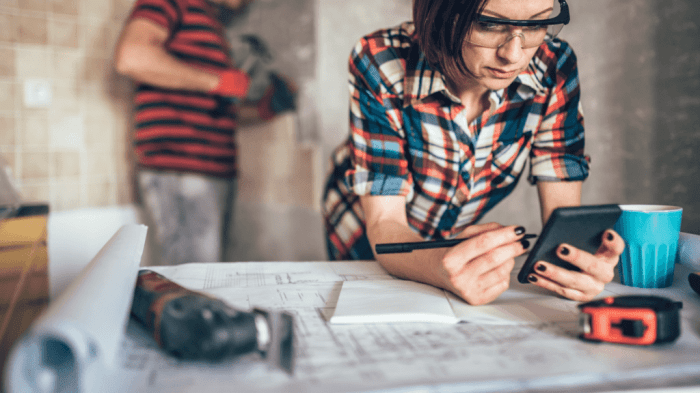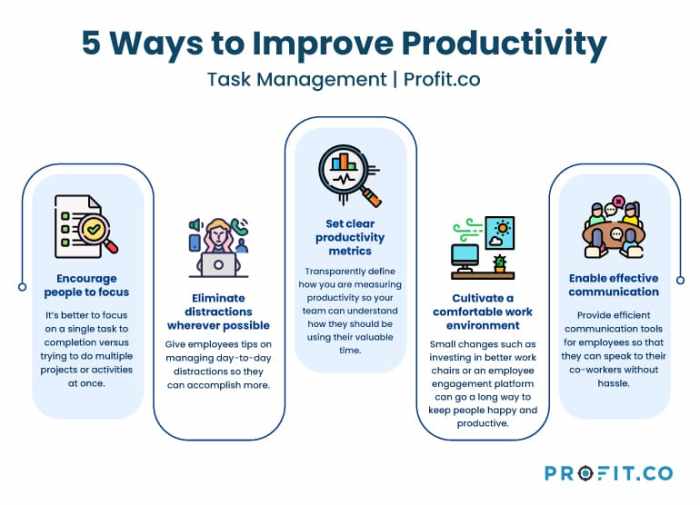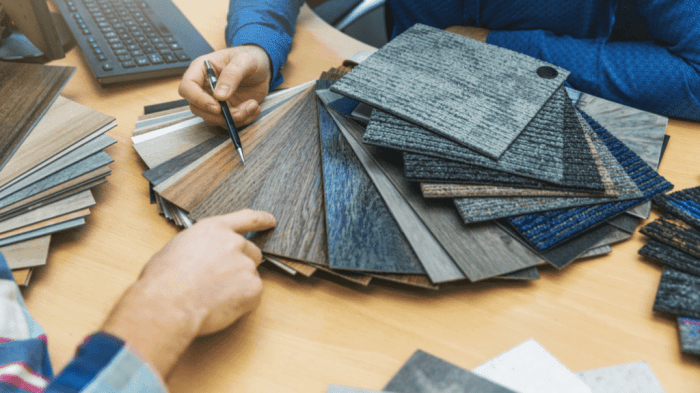
Choosing the right flooring for your home improvement project can be a daunting task. With so many options available, it’s easy to feel overwhelmed. From the durability of hardwood to the affordability of laminate, each flooring type comes with its own set of pros and cons. But fear not, this comprehensive guide will help you navigate the world of flooring and make an informed decision that suits your needs and budget.
We’ll explore factors like traffic patterns, lifestyle, and design preferences to help you determine the ideal flooring for each room in your home. We’ll also delve into the intricacies of installation and maintenance, ensuring you have all the information necessary for a successful project. Whether you’re a seasoned DIYer or a first-time homeowner, this guide will equip you with the knowledge to choose the perfect flooring for your home.
Understanding Your Needs
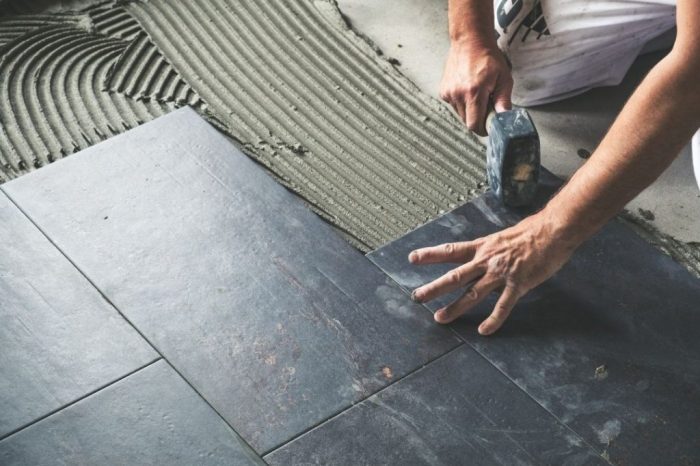
Choosing the right flooring for your home improvement project is a crucial decision. It can significantly impact your home’s aesthetics, functionality, and even your budget. To ensure you make the best choice, it’s essential to understand your needs and consider factors like traffic, lifestyle, and desired aesthetics.
Flooring Considerations for Different Rooms
The type of flooring you choose should be tailored to the specific needs of each room. For instance, high-traffic areas like entryways and hallways require durable and resilient flooring options. Kitchens, with their potential for spills and messes, benefit from easy-to-clean and moisture-resistant materials. Bedrooms, on the other hand, prioritize comfort and warmth, while bathrooms demand waterproof and slip-resistant flooring.
Flooring Types for Different Areas
- High-Traffic Areas: Hardwood, tile, and laminate are excellent choices for high-traffic areas. Hardwood offers timeless elegance and durability, while tile is known for its water resistance and easy maintenance. Laminate, a more budget-friendly option, provides a realistic wood-look with durability.
- Kitchens: Tile, engineered hardwood, and vinyl plank are suitable options for kitchens. Tile is highly resistant to spills and stains, while engineered hardwood offers durability and a natural aesthetic. Vinyl plank provides a waterproof and easy-to-clean alternative.
- Bedrooms: Carpet, engineered hardwood, and bamboo are popular choices for bedrooms. Carpet provides warmth and comfort underfoot, while engineered hardwood and bamboo offer durability and a natural aesthetic.
- Bathrooms: Tile, vinyl plank, and natural stone are ideal for bathrooms. Tile offers water resistance and slip resistance, while vinyl plank provides a budget-friendly and waterproof option. Natural stone, like marble or granite, adds a luxurious touch but requires careful maintenance.
Lifestyle Considerations
Your lifestyle plays a crucial role in flooring selection. For families with pets or children, consider flooring options that are durable, stain-resistant, and easy to clean.
- Families with Pets: Hardwood, tile, and laminate are generally good choices for pet owners. Hardwood can be scratched by pets, so consider a harder wood species or a protective finish. Tile is scratch-resistant and easy to clean. Laminate offers durability and is often pet-friendly.
- Families with Children: Carpet, cork, and vinyl plank are popular options for families with children. Carpet provides warmth and cushioning, while cork offers a natural and sound-absorbing option. Vinyl plank is durable, waterproof, and easy to clean.
Flooring Types
Choosing the right flooring type is crucial for any home improvement project, as it impacts the look, feel, and functionality of your space. Each type offers unique advantages and disadvantages, making it important to consider your individual needs and preferences.
Hardwood Flooring
Hardwood flooring is a classic choice known for its durability, elegance, and timeless appeal. It’s typically made from natural wood species like oak, maple, or cherry, each offering distinct grain patterns and color variations.
- Pros:
- Durable and long-lasting, withstanding heavy foot traffic and furniture movement.
- Offers a natural, elegant aesthetic that can enhance the value of your home.
- Can be refinished multiple times, extending its lifespan and allowing for style updates.
- Provides excellent insulation, reducing noise and regulating temperature.
- Cons:
- Expensive compared to other flooring options, especially for high-quality wood species.
- Requires regular maintenance, including sanding, staining, and sealing, to maintain its beauty.
- Susceptible to scratches, dents, and water damage, requiring careful upkeep.
- Can be noisy, especially when walking on bare wood.
Laminate Flooring
Laminate flooring is a cost-effective alternative to hardwood, mimicking the look of real wood with a durable, scratch-resistant surface. It consists of multiple layers, including a photograph of wood, a wear layer, and a core board.
- Pros:
- Affordable and readily available in various styles and colors to match any decor.
- Durable and resistant to scratches, stains, and fading, making it suitable for high-traffic areas.
- Easy to install, often using a click-and-lock system, reducing installation costs.
- Low maintenance, requiring only regular sweeping and occasional mopping.
- Cons:
- Less durable than hardwood, susceptible to damage from heavy objects or prolonged exposure to moisture.
- Not as aesthetically pleasing as real wood, lacking the natural variations and warmth.
- Difficult to repair if damaged, often requiring replacement of the entire plank.
- Can feel less comfortable underfoot than softer flooring options.
Tile Flooring
Tile flooring is a versatile and durable option available in various materials, including ceramic, porcelain, stone, and glass. It’s known for its water resistance, making it ideal for kitchens, bathrooms, and entryways.
- Pros:
- Durable and long-lasting, resisting scratches, dents, and stains.
- Water-resistant, making it suitable for areas prone to moisture.
- Easy to clean, simply requiring sweeping or mopping.
- Offers a wide range of styles, colors, and patterns to match any design aesthetic.
- Cons:
- Can be cold and hard underfoot, requiring rugs or mats for comfort.
- Installation can be complex and time-consuming, often requiring professional help.
- Susceptible to cracking or chipping if not properly installed or maintained.
- Can be noisy, especially when walking on bare tile.
Carpet Flooring
Carpet flooring provides warmth, comfort, and noise reduction, making it a popular choice for bedrooms, living rooms, and family areas. It’s available in various materials, including nylon, polyester, and wool, each offering different levels of durability and softness.
- Pros:
- Soft and comfortable underfoot, providing warmth and insulation.
- Reduces noise levels, creating a quieter and more relaxing atmosphere.
- Available in a wide range of colors, patterns, and textures to suit different styles.
- Relatively affordable compared to other flooring options.
- Cons:
- Not as durable as other flooring options, susceptible to stains, dirt, and wear.
- Requires regular cleaning and maintenance to prevent dirt buildup and odors.
- Can trap allergens and dust mites, posing a health concern for some individuals.
- Not suitable for areas prone to moisture, as it can become damp and moldy.
Vinyl Flooring
Vinyl flooring is a versatile and affordable option, offering a wide range of styles and designs to mimic wood, stone, or tile. It’s known for its durability, water resistance, and ease of maintenance.
- Pros:
- Affordable and readily available in various styles and colors.
- Durable and resistant to scratches, stains, and water damage.
- Easy to install, often using a click-and-lock system, reducing installation costs.
- Low maintenance, requiring only regular sweeping and occasional mopping.
- Cons:
- Not as durable as hardwood or tile, susceptible to damage from heavy objects or prolonged exposure to moisture.
- Can feel less comfortable underfoot than softer flooring options.
- May not be as aesthetically pleasing as natural materials, lacking the unique variations and warmth.
- Some vinyl flooring options can release volatile organic compounds (VOCs), potentially affecting indoor air quality.
Engineered Wood Flooring
Engineered wood flooring combines the beauty of real wood with enhanced durability and stability. It consists of multiple layers, including a thin veneer of hardwood on top of a plywood core.
- Pros:
- Offers the look and feel of real hardwood at a more affordable price.
- More stable and less susceptible to warping or cupping than solid hardwood.
- Can be installed in areas with varying moisture levels, making it more versatile.
- Can be refinished multiple times, extending its lifespan.
- Cons:
- Less durable than solid hardwood, with a thinner veneer that can be more easily damaged.
- May not be as aesthetically pleasing as solid hardwood, lacking the depth of grain and color variations.
- More expensive than laminate or vinyl flooring.
- Installation can be more complex than other flooring options, requiring professional help.
Choosing the Right Style
Choosing a flooring style that complements your home’s design is crucial for achieving a cohesive and aesthetically pleasing look. Flooring styles are a powerful design tool that can shape the overall feel and character of your space.
Flooring Styles and Their Characteristics
To understand how flooring styles can influence your home’s design, let’s explore some popular options and their key characteristics.
| Style | Key Characteristics | Design Elements |
|---|---|---|
| Traditional | Formal, classic, timeless, often features intricate details and patterns. | Hardwood flooring in rich colors like mahogany or cherry, with intricate patterns like herringbone or parquet. |
| Modern | Clean lines, minimalist, contemporary, often features sleek and simple designs. | Large-format tiles, polished concrete, engineered hardwood in light colors with a matte finish. |
| Rustic | Warm, inviting, natural, often features rough textures and distressed finishes. | Reclaimed wood flooring with knots and imperfections, stone tiles with a natural finish, wide plank flooring. |
| Contemporary | Sophisticated, eclectic, often features bold colors and geometric patterns. | Laminate flooring with a modern wood look, patterned tiles in geometric designs, vinyl flooring with unique textures. |
Installation and Maintenance

Once you’ve chosen the perfect flooring for your home, it’s time to think about installation and how to keep it looking its best for years to come. This section will cover the essential steps involved in flooring installation and provide insights into the ongoing maintenance practices for various flooring types.
Flooring Installation Steps
The installation process can vary depending on the type of flooring you choose. However, there are some general steps that apply to most flooring installations.
- Preparation: This crucial step involves removing existing flooring, leveling the subfloor, and ensuring the area is clean and free of debris. This ensures a smooth and even surface for your new flooring.
- Underlayment: Underlayment provides a layer of cushioning and insulation, improving comfort and reducing noise. The type of underlayment will depend on your flooring type and the subfloor condition.
- Installation: The installation process will vary depending on the type of flooring. For example, hardwood flooring is typically nailed or glued down, while laminate flooring is often click-locked together.
- Finishing: Once the flooring is installed, finishing touches may be required. This could include sanding and sealing for hardwood floors, applying grout for tile floors, or installing transition strips between different flooring types.
Tools and Equipment
Having the right tools and equipment is essential for a successful flooring installation. Here are some of the tools you may need:
- Measuring tape: Essential for accurate measurements and planning.
- Level: Ensures the flooring is installed evenly and prevents unevenness.
- Circular saw: Used to cut flooring materials to size.
- Utility knife: Helpful for cutting flooring materials and trimming excess.
- Hammer: Used for nailing down hardwood flooring or securing trim pieces.
- Screwdriver: For installing screws for some flooring types or securing baseboards.
- Safety gear: Always wear safety glasses, gloves, and a dust mask when working with flooring materials.
Maintenance Practices
Keeping your floors looking their best requires regular maintenance, which varies depending on the flooring type. Here’s a breakdown of common maintenance practices for different flooring types:
- Hardwood Flooring: Regular sweeping and vacuuming is essential. Mopping should be done with a damp mop and a cleaning solution specifically designed for hardwood floors. Periodically refinishing hardwood floors can help restore their shine and protect them from wear and tear.
- Laminate Flooring: Laminate floors are relatively low-maintenance and can be cleaned with a damp mop and a mild cleaning solution. Avoid using abrasive cleaners or harsh chemicals that could damage the finish.
- Tile Flooring: Tile floors are generally durable and easy to clean. Regular sweeping and mopping with a mild cleaning solution is recommended. Grout lines should be sealed periodically to prevent dirt and grime from accumulating.
- Carpet Flooring: Carpet requires regular vacuuming to remove dirt and debris. Professional carpet cleaning is recommended every 12-18 months to deep clean the fibers and remove embedded dirt and allergens.
Repairing Flooring
While most flooring types are durable, they can still get damaged over time. Here are some tips for repairing common flooring issues:
- Hardwood Flooring: Minor scratches and dents can be repaired with wood filler. More significant damage may require sanding and refinishing.
- Laminate Flooring: Laminate flooring can be difficult to repair, and replacing damaged planks is often the best solution.
- Tile Flooring: Cracked or broken tiles can be replaced individually. Grout lines can be re-grouted to refresh their appearance.
- Carpet Flooring: Stains can be removed with a carpet cleaner. Damaged areas can be repaired by patching or replacing the carpet section.
Home Improvement Straw
Straw bale construction, often referred to as “home improvement straw,” is a sustainable building technique that utilizes bales of compressed straw as a primary building material. This eco-friendly approach offers numerous advantages, making it an increasingly popular choice for environmentally conscious homeowners.
Benefits of Straw Bale Construction
Straw bale construction offers a range of benefits that contribute to sustainable and healthy living environments.
- Exceptional Insulation: Straw bales possess excellent thermal insulation properties, naturally regulating temperatures within a building. This reduces the need for artificial heating and cooling, resulting in significant energy savings and lower utility bills.
- Environmentally Friendly: Straw is a renewable and readily available resource, making it a sustainable building material. Its use reduces reliance on traditional materials like concrete and wood, minimizing the environmental impact of construction.
- Affordability: Straw bales are generally less expensive than traditional building materials, making straw bale construction a cost-effective option for homeowners. This affordability is further enhanced by the fact that straw bales are often available locally, reducing transportation costs.
Comparing Straw Bale Construction to Traditional Materials
The following table compares the advantages and disadvantages of straw bale construction with traditional building materials like wood framing and concrete block:
| Feature | Straw Bale | Wood Framing | Concrete Block |
|---|---|---|---|
| Insulation | Excellent | Moderate | Poor |
| Environmental Impact | Low | Moderate | High |
| Cost | Low | Moderate | High |
| Durability | Good | Good | Excellent |
| Fire Resistance | Moderate | Moderate | Excellent |
| Pest Resistance | Good | Moderate | Excellent |
Ultimately, choosing the right flooring for your home improvement project is a personal decision that depends on your individual needs and preferences. By carefully considering the factors Artikeld in this guide, you can make an informed choice that will enhance your home’s beauty, functionality, and longevity. So, embark on your flooring journey with confidence, armed with the knowledge to create a space that reflects your unique style and fulfills your home improvement aspirations.
Answers to Common Questions
What are some common flooring mistakes to avoid?
Common mistakes include choosing flooring that is not suitable for the room’s purpose, neglecting proper installation, and failing to consider long-term maintenance requirements.
How do I determine the right flooring thickness for my project?
The thickness of flooring varies depending on the material and your specific needs. It’s best to consult with a flooring professional to determine the appropriate thickness for your project.
What is the best way to clean different flooring types?
Cleaning methods vary depending on the flooring material. Refer to the manufacturer’s instructions for specific cleaning recommendations.
How can I make my flooring last longer?
Proper installation, regular maintenance, and using protective mats in high-traffic areas can significantly extend the lifespan of your flooring.

